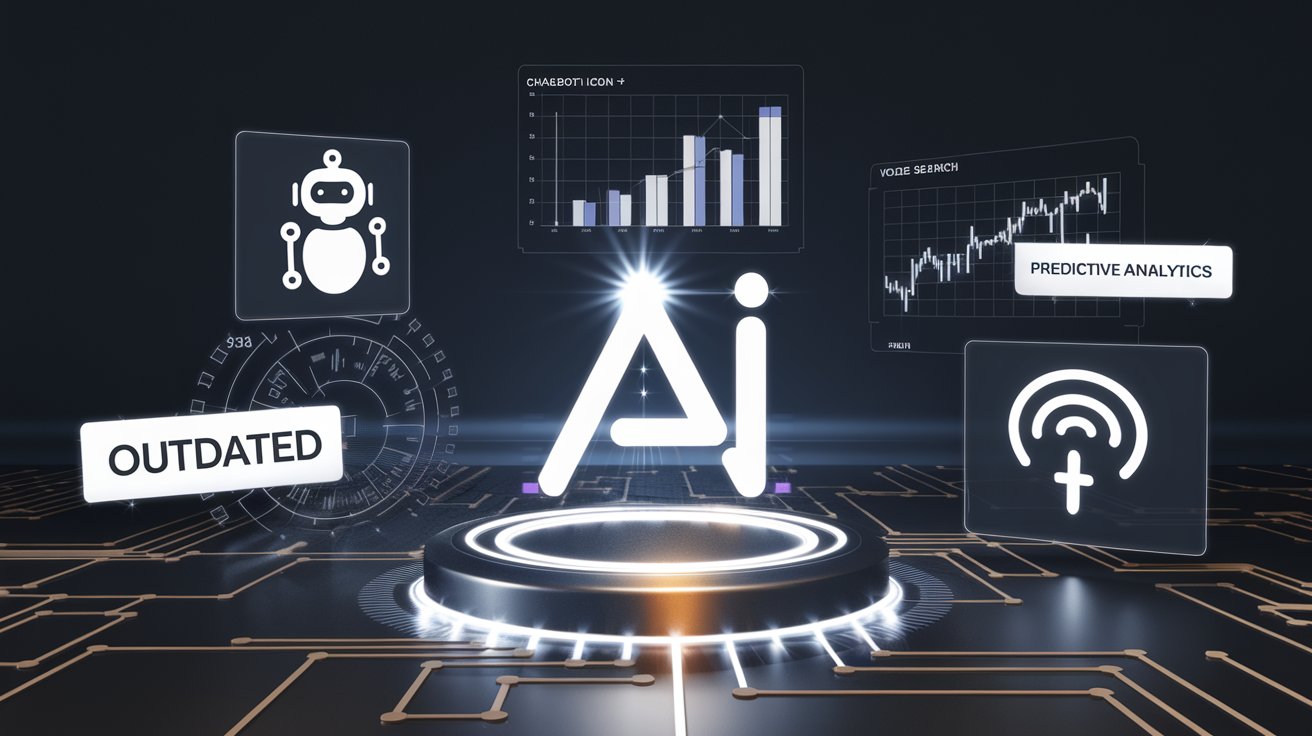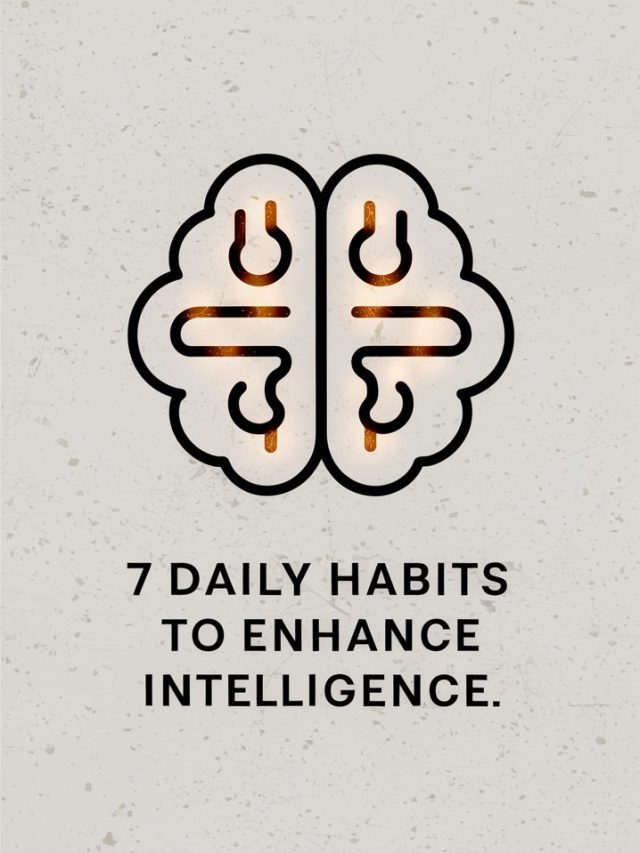Outdated AI Marketing Trends to Retire in 2025
As artificial intelligence advances, some marketing techniques are becoming obsolete. Discover which AI marketing trends no longer meet today’s dynamic customer expectations and why updating your strategy is essential.
Why Certain AI Trends Are Losing Relevance in 2025

Certain AI-based strategies that once thrived are outdated in a world driven by innovation. Technology evolves at a rapid pace, and staying relevant requires letting go of certain practices. Here’s a look at six AI marketing trends that marketers should reconsider in 2025 to remain competitive and effective.
1. Basic Chatbots: Failing to Meet Modern Expectations
Then: Basic chatbots were revolutionary, handling customer service inquiries efficiently and saving companies valuable resources. However, these bots relied on pre-programmed responses, limiting their flexibility in complex conversations.
Now: Today’s users expect sophisticated interactions. AI-powered assistants with advanced natural language processing (NLP) and machine learning offer tailored experiences. Consumers want bots that understand the context and adapt quickly, providing a more humanized customer service experience. Basic chatbots are no longer enough to satisfy these expectations.
2. Traditional Sentiment Analysis on Social Media
Then: Initially, AI-powered sentiment analysis helped brands gauge consumer opinions by tracking keywords and phrases. However, this method lacked depth and often missed nuanced feelings in user-generated content.
Now: Modern AI models analyze emotions within multimedia, capturing richer insights from images, videos, and texts. Brands now require a more nuanced understanding of consumer sentiment to connect with audiences on an emotional level. Basic text-only sentiment analysis can no longer keep pace with the complexities of modern media consumption.
3. Predictive Analytics Based on Historical Data
Then: Marketing strategies based on historical data-driven predictions were once effective. Brands analyzed past purchase patterns to forecast future consumer behavior, crafting personalized offers.
Now: Today’s consumers want real-time adaptation. Advanced AI systems now leverage real-time behavioral data alongside historical data, responding quickly to evolving customer needs. Static predictions lack the flexibility needed in a fast-paced environment where personalization and relevance are key to retention.
4. Basic Product Recommendations No Longer Engage
Then: Early product recommendation engines often depended on “frequently bought together” suggestions. While initially effective, these recommendations were limited to narrow purchasing patterns and lacked personalization.
Now: AI’s ability to analyze real-time data, user intent, and external factors has elevated product recommendations. Algorithms use collaborative filtering and deep learning to understand context and anticipate consumer needs. Simple recommendations are outdated, making it essential to switch to smarter, intent-driven suggestions.
5. Voice Search Optimization (VSO): Stagnant Adoption
Then: Voice search was predicted to become a primary mode of digital engagement, driving brands to optimize their content accordingly. However, consumer interest in voice-only search did not expand as expected.
Now, brands are moving towards voice-enabled commerce and interactive apps instead of focusing solely on search queries. Consumers prefer using voice commands for specific tasks, such as making purchases, making VSO alone an outdated marketing strategy. The future lies in engaging with interactive, task-based voice AI, not voice search SEO alone.
6. Customer Segmentation Based on Basic Demographics
Then: Early segmentation strategies focused on demographic factors like age, gender, and location, creating static customer groups for targeted messaging. Although effective initially, these groups failed to capture individual preferences and behaviors.
Now: AI-driven segmentation uses real-time psychographic and behavioral data, enabling dynamic micro-segmentation. This approach makes it possible to deliver hyper-personalized messages through various channels, including social media and apps. Brands can now connect more personally, making static demographic segmentation a thing of the past.
Embracing a New Era of AI in Marketing
The shift towards hyper-personalized, real-time strategies is the future of AI in marketing. Marketers who embrace these new solutions will be well-positioned to lead in a rapidly changing digital environment. Adapting to these trends is crucial for those aiming to build stronger connections with consumers and thrive amidst technological advancements. Also read: https://www.forbes.com/sites/shelleykohan/2024/05/19/how-ai-is-revolutionizing-marketing-in-2024-top-5-trends/











 By
By










